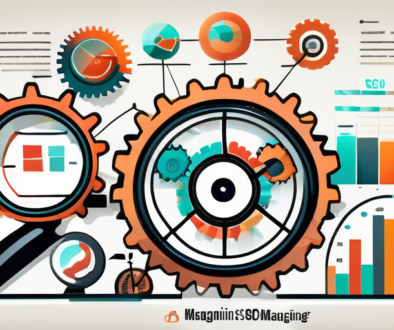What we learned spending 7 figures on Google ads
Since everyone wants to talk about how much they spend on ads, we will too.
In 2021, we spent well over 7-figs across many clients. We also covered a ton of different channels: Instagram, Facebook, Youtube, Google Display, Google Search, and LinkedIn.
Here are the key takeaways from monitoring that spend closely:
First, You have to match the channel intent
What does that mean? It means you meet the user where he or she is and what they are doing in the moment.
If they are on Google looking for a specific product, service, or solution, you want to present them directly with the product or service. You don’t (typically) want to offer them “information” or a lead magnet. (There are occasional exceptions, but this is generally true).
On the other hand, people scrolling on LinkedIn or Instagram are there to waste time and be entertained. Therefore giving someone an offer that is low stakes makes a lot of sense.
Giveaways, discounts, and entertainment work well on “consumer” focused channels like IG. Webinars, downloads, and whitepapers tend to work well on LinkedIn.
The point is: You don’t want to be like “BUY NOW” on those channels (for most products). Instead, you want to attract them into your marketing funnel – knowing you can use other channels (remarketing, email, text, etc) to get them to buy later.
Second, use the algorithms to your advantage.
Everyone likes to talk about the “algrothrim” like it’s some magical box. Ads people will often take credit for their successes, but blame failed campaigns on the “algorithm”.
Look, I get it. We’ve had campaigns totally fail for a bit, then suddenly start working and vice versa.
The black box that is the Algorithm is partly responsible.
So how do you actually let this algorithm work for you?
It’s pretty simple: We make sure conversion tracking is set up, and then we the ads run for a bit. If they start working, we don’t mess with them. We let the “algo” do it’s thing. If it doesn’t work (as often happens), we pause, assess, and provide manual guidance and intervention.
The point is, I know a LOT of folks that just want to manually control everything all the time. Sometimes, that can make sense. But more often than not, you’re just blocking yourself from using the power of machine learning from helping you.
The “algo” for each campaign is a bit like a puppy. It needs discipline when it’s young, but if you do it right, it’ll be awesome later. Same with ads: a little manual work at the beginning, and you can have campaigns that massively succeed.
Third, always have an offer.
I almost didn’t include one because it’s so seemingly simple. You NEED to have an offer. You need to have something someone can say “yes!” to.
At some point, I’ll do another email about what we’ve learned about offers.
But for now, just start putting them together. Whitepapers, discounts, giveaways, WHATEVER. Just add some offers. It’ll go a long way.
Until next time,
Tyler @ Analytive


